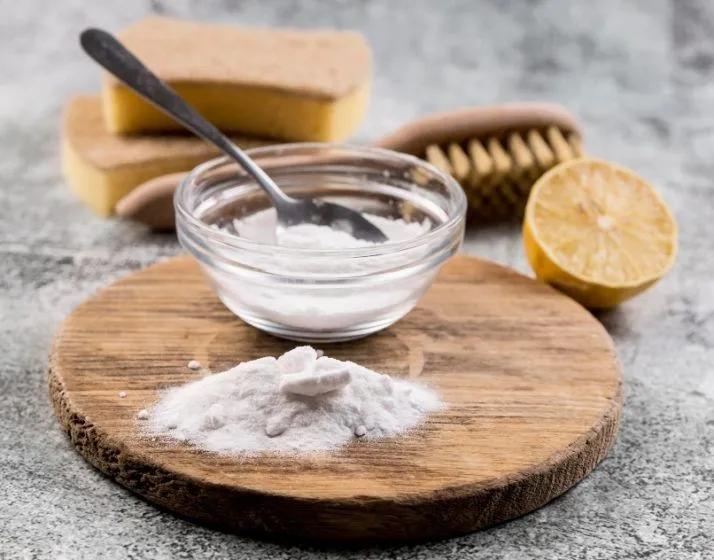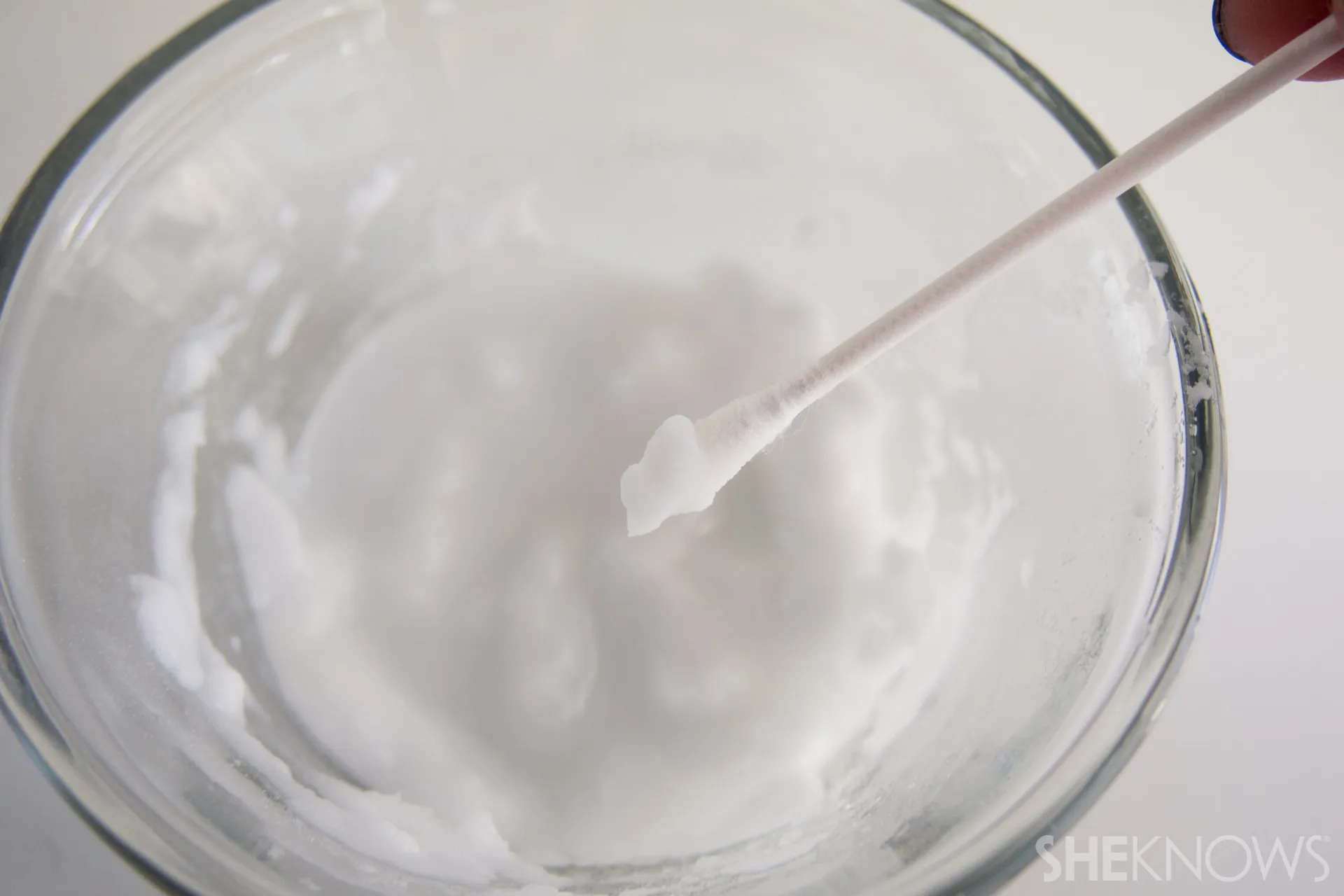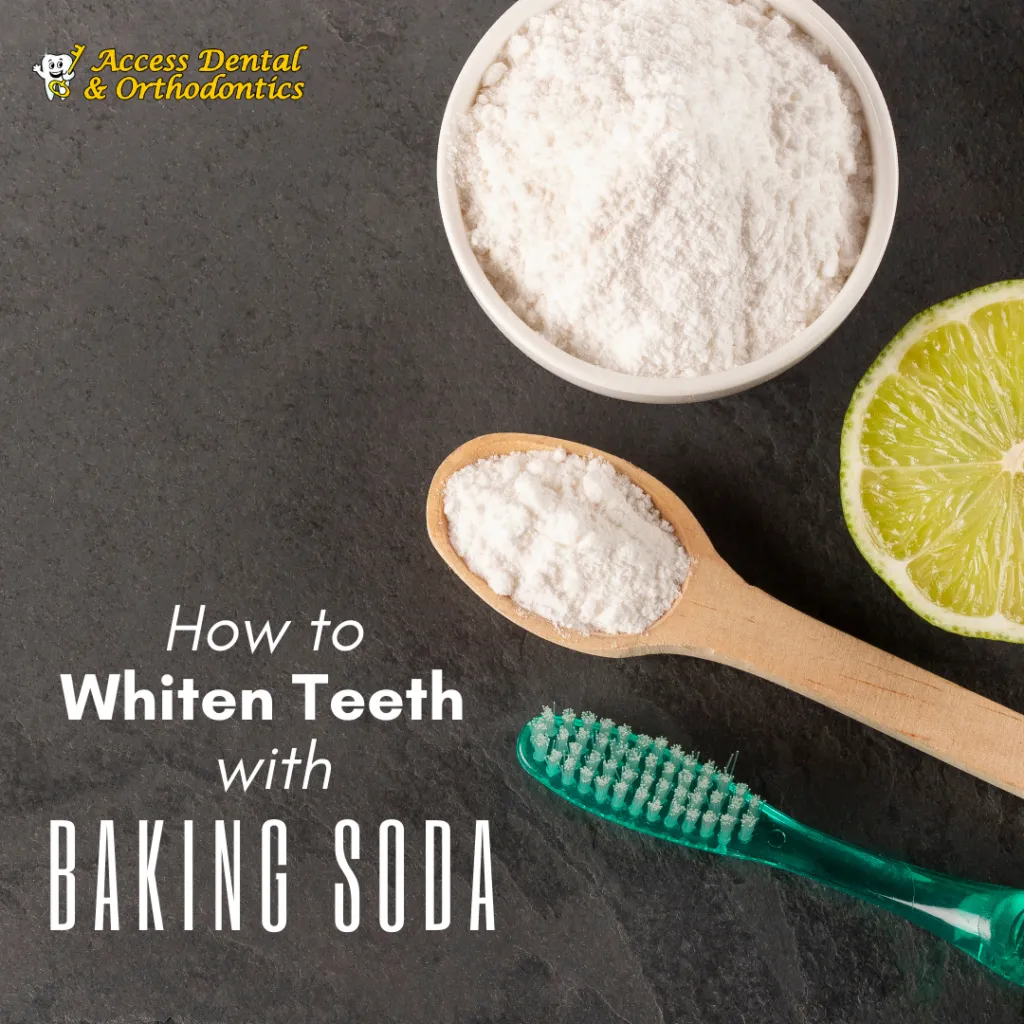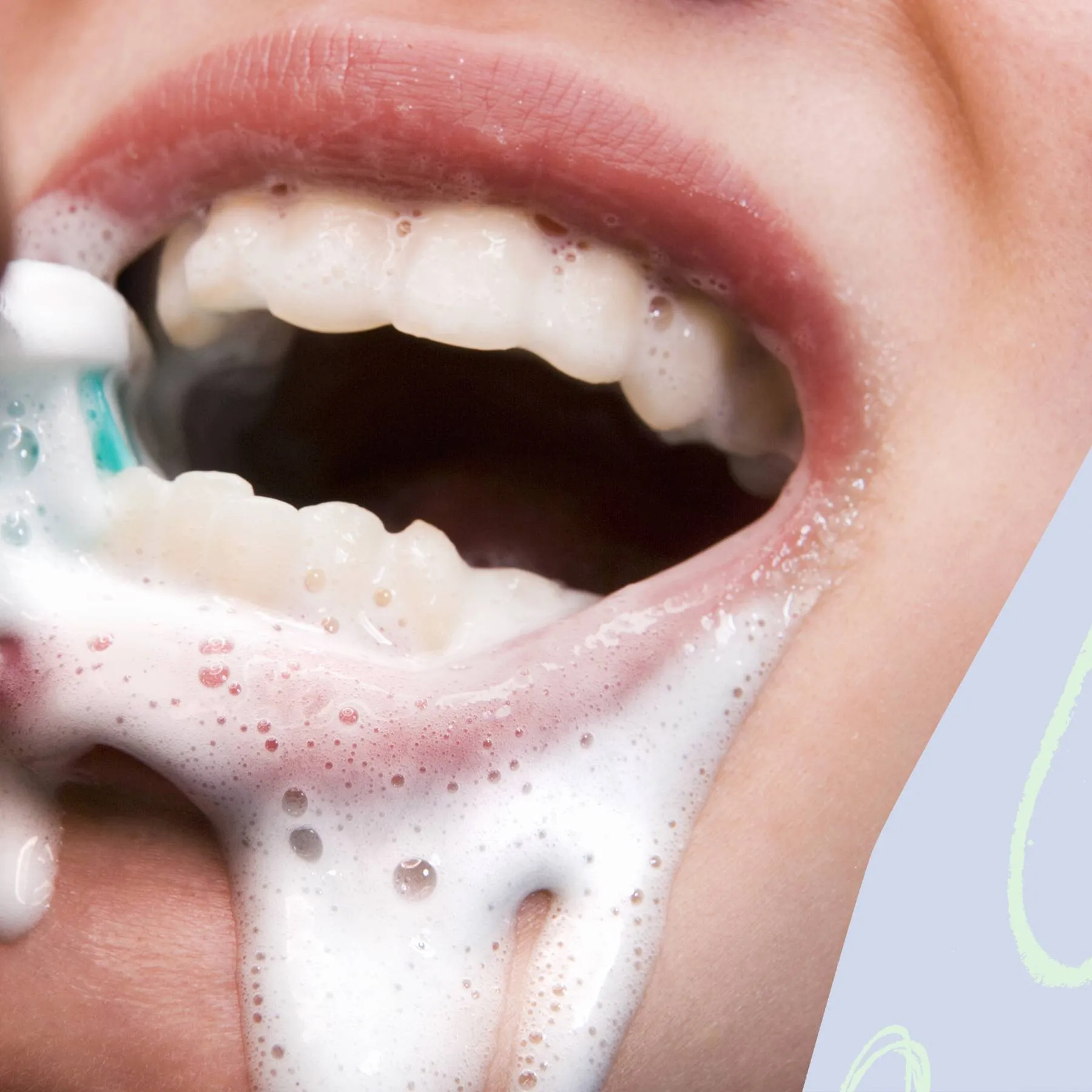What is Baking Soda and How Does It Whiten Teeth?
Baking soda, also known as sodium bicarbonate, is a common household item with a wide range of uses. Beyond its role in baking, it’s often touted as a natural teeth whitener. But what exactly is baking soda, and how does it contribute to a brighter smile? This section explores the science behind baking soda’s teeth-whitening abilities, providing insights into its effectiveness and safety. Understanding the composition of baking soda helps to understand its impact on your teeth, making informed decisions about its use in your oral care routine.
Understanding the Science of Baking Soda
Baking soda is a mild abrasive. This means it can help remove surface stains from your teeth, giving them a cleaner appearance. The abrasive quality of baking soda works by gently scrubbing away the stains caused by coffee, tea, and other foods and drinks. It does this without the harsh chemicals found in some commercial whitening products. However, it’s important to understand the degree of abrasiveness and how it affects your enamel.
How Baking Soda Removes Stains

The stain-removing process is primarily mechanical. The tiny, slightly coarse particles of baking soda physically dislodge stain particles from the enamel surface. This physical action is different from chemical bleaching, which uses oxidizing agents to change the color of the enamel itself. Therefore, baking soda is most effective on surface stains rather than intrinsic discoloration within the tooth structure. Regular use can help maintain a brighter smile by preventing the buildup of new stains.
The Safety of Baking Soda for Teeth
Baking soda is generally considered safe when used in moderation. Its low abrasiveness means it’s less likely to damage enamel compared to some other abrasive substances. However, excessive or improper use can lead to enamel erosion and increased tooth sensitivity. It’s important to use baking soda correctly and to pay attention to how your teeth respond. Consulting a dentist before making it a regular part of your oral hygiene routine is always a good idea to ensure it’s safe and suitable for your specific dental health.
Top 5 Baking Soda Remedies for Teeth Whitening
Baking Soda and Water Paste

This is the most basic and common method. It involves creating a simple paste by mixing baking soda with water. This straightforward approach harnesses the mild abrasive properties of baking soda to help remove surface stains. The ease of preparation and accessibility makes it a convenient option for those looking for a quick and easy teeth-whitening solution at home. Regular use, however, should be monitored to prevent any potential adverse effects on the enamel.
How to Make the Paste
Mix one tablespoon of baking soda with enough water to create a paste. The consistency should be thick enough to stay on your toothbrush but not so thick that it’s difficult to spread. Start with a small amount of water and add more until you achieve the desired consistency. Using too much water will result in a runny paste that is less effective, while too little water will create a paste that’s hard to apply evenly.
How to Apply the Paste
Apply the paste to your toothbrush and gently brush your teeth using circular motions. Brush for about two minutes, ensuring you cover all surfaces of your teeth. After brushing, rinse your mouth thoroughly with water. It is not recommended to swallow the paste. This method should be used no more than a few times per week to avoid potential enamel damage. Observe your teeth for any signs of increased sensitivity or irritation.
Baking Soda and Hydrogen Peroxide

Combining baking soda with hydrogen peroxide offers a more potent teeth-whitening effect. Hydrogen peroxide acts as a mild bleaching agent, while baking soda helps with stain removal. This combination can be more effective than using baking soda alone, but it also carries a higher risk of side effects. Proper preparation and application are essential to minimize the risks and maximize the benefits. This method is often used for a more intensive whitening effect.
Mixing Hydrogen Peroxide and Baking Soda
Mix one tablespoon of baking soda with enough hydrogen peroxide (usually 3% concentration) to form a paste. The paste should have a similar consistency to the baking soda and water paste. Avoid using a higher concentration of hydrogen peroxide, as it can be overly harsh on your teeth and gums. It is very important to use fresh hydrogen peroxide and to store the mixture properly to maintain its effectiveness and safety. Always start with a small amount to test your sensitivity.
Application Guidelines
Apply the paste to your toothbrush and brush your teeth gently for about two minutes. Rinse your mouth thoroughly with water. Use this mixture no more than once or twice a week. Monitor your teeth for any signs of increased sensitivity or irritation. If you experience any discomfort, discontinue use and consult your dentist. The combination is more powerful, so it is even more important to use it sparingly and with caution.
Baking Soda and Lemon Juice

Lemon juice is another ingredient often combined with baking soda for teeth whitening. However, this method is highly controversial due to the acidity of lemon juice. The citric acid can erode enamel, potentially leading to increased sensitivity and other dental problems. While it may provide a temporary whitening effect, the risks often outweigh the benefits. This method should be approached with extreme caution and ideally avoided altogether.
Precautions of Using Lemon Juice
The high acidity of lemon juice can damage tooth enamel over time. This can lead to tooth sensitivity, increased risk of cavities, and permanent damage to the tooth structure. If you choose to use this method, do so extremely sparingly. Always rinse your mouth thoroughly with water after use to help neutralize the acid. Regular use is strongly discouraged, and it’s advisable to consult with a dentist before trying this method.
Application Steps
Mix a small amount of lemon juice with baking soda to form a paste. Apply the paste to your teeth and leave it on for no more than a minute. Rinse your mouth thoroughly with water. Due to the high risk of enamel erosion, it is best to avoid this method altogether. If you experience any tingling or discomfort, rinse immediately. Consider safer alternatives, such as the baking soda and water paste, or consult your dentist for professional whitening options.
Baking Soda and Coconut Oil

Combining baking soda with coconut oil is another popular teeth-whitening remedy. Coconut oil is known for its potential antibacterial and anti-inflammatory properties, and when combined with baking soda, it may help with both whitening and oral health. This method offers a gentler approach to whitening compared to using lemon juice, with added benefits for overall oral hygiene. Coconut oil can also help reduce bacteria and improve the health of your gums.
Benefits of Coconut Oil
Coconut oil has various benefits for oral health, including reducing bacteria, inflammation, and bad breath. It also has the potential to help remove plaque and prevent tooth decay. Combining coconut oil with baking soda creates a multi-faceted approach to oral care, addressing both whitening and overall health. It acts as a natural mouthwash and can improve the overall condition of your gums and teeth.
Application Method
Mix one tablespoon of coconut oil with one tablespoon of baking soda to create a paste. Apply the paste to your toothbrush and brush your teeth gently for about two minutes. Rinse your mouth thoroughly with water. This method is generally considered safe for use a few times a week. However, monitor your teeth for any signs of increased sensitivity. Consider this method a gentler approach compared to some other remedies, with added benefits of coconut oil.
Baking Soda and Salt

Salt is another natural ingredient that can be combined with baking soda for teeth whitening. Salt acts as a mild abrasive and can help to remove stains, while also promoting overall oral health. This combination offers a more traditional approach to oral hygiene, and the mineral content of salt can have a positive effect on your teeth and gums. While it is a natural option, it’s important to use it with caution.
Benefits of Salt for Oral Health
Salt has natural antibacterial properties that can help reduce bacteria in the mouth and promote gum health. It also helps to balance the pH levels in your mouth. The mild abrasiveness of salt, like baking soda, can help remove surface stains. Using salt can contribute to overall oral hygiene, making it a simple, natural supplement to your oral care routine. Its mineral content supports the health of your gums and teeth.
Application Method
Mix a small amount of salt with baking soda to create a paste. Apply the paste to your toothbrush and brush your teeth gently. Rinse your mouth thoroughly with water. Use this method sparingly, no more than a couple of times per week. Monitor your teeth for any sensitivity. Salt can be slightly abrasive. If sensitivity occurs, reduce the frequency of use or consider other methods. Pay attention to how your teeth and gums react.
Tips for Effective and Safe Teeth Whitening

Proper Brushing Technique
Brushing your teeth correctly is crucial for both whitening and overall oral health. Use a soft-bristled toothbrush and brush gently in circular motions to avoid damaging enamel. Make sure you brush all surfaces of your teeth, including the front, back, and chewing surfaces. Proper technique helps to remove plaque and surface stains effectively. Avoiding aggressive brushing prevents enamel erosion and keeps your gums healthy.
Dietary Considerations
Your diet plays a significant role in the color of your teeth. Foods and drinks high in tannins, such as coffee, tea, red wine, and berries, can stain teeth. Reducing your intake of these items can help to maintain a brighter smile. Also, consider the benefits of foods that can help clean teeth naturally, like apples and celery. Maintaining a balanced diet contributes to overall oral health and can enhance the effects of teeth-whitening treatments.
The Importance of Regular Dental Check-ups
Regular visits to the dentist are essential for maintaining oral health. A dentist can professionally clean your teeth and remove stains that at-home methods may not address. They can also identify any potential problems early on, such as cavities or gum disease. Regular check-ups and professional cleanings are essential for long-term oral health, ensuring your teeth remain healthy and bright. Your dentist can also offer professional whitening options.
Potential Risks and Side Effects of Baking Soda
Tooth Sensitivity
One of the most common side effects of using baking soda for teeth whitening is increased tooth sensitivity. This can occur because baking soda is abrasive and can wear away at the enamel, exposing the underlying dentin, which contains nerve endings. If you experience tooth sensitivity, it is crucial to reduce the frequency of use or stop using it altogether. Sensitivity indicates potential enamel erosion and a need to protect your teeth.
Enamel Erosion
Over time, the abrasive nature of baking soda can lead to enamel erosion, making your teeth more vulnerable to cavities and other dental problems. Enamel erosion is irreversible, so it is crucial to use baking soda with caution and in moderation. Watch for signs of enamel erosion such as increased transparency, sensitivity, and changes in the shape of your teeth. Regular dental checkups are essential for monitoring enamel health.
Gum Irritation
Some individuals may experience gum irritation when using baking soda. This can manifest as redness, swelling, or bleeding. If you notice any signs of gum irritation, discontinue use and consult with your dentist. Using a soft-bristled toothbrush and brushing gently can help reduce the risk of gum irritation. Gum health is an important part of overall oral health, and it is crucial to protect your gums from irritation.
Conclusion
Baking soda can be a helpful tool for teeth whitening when used properly and in moderation. The Top 5 Remedies provide accessible options for brightening your smile at home, but it’s crucial to understand the potential risks and prioritize dental health. Always consult with a dentist to determine the best teeth-whitening approach for your specific needs and to ensure the safety of your oral care routine. Consider the long-term health of your teeth and gums.
